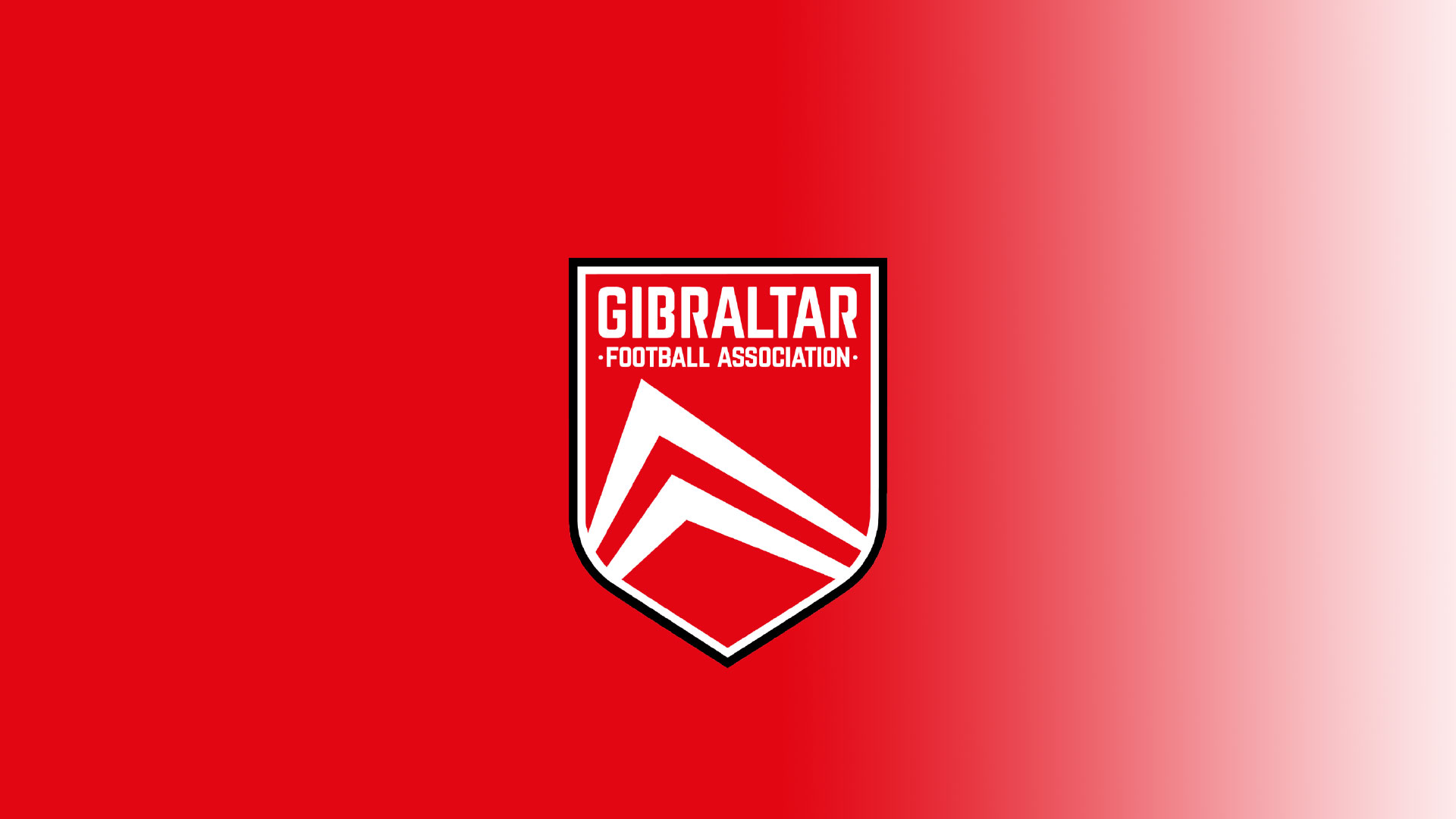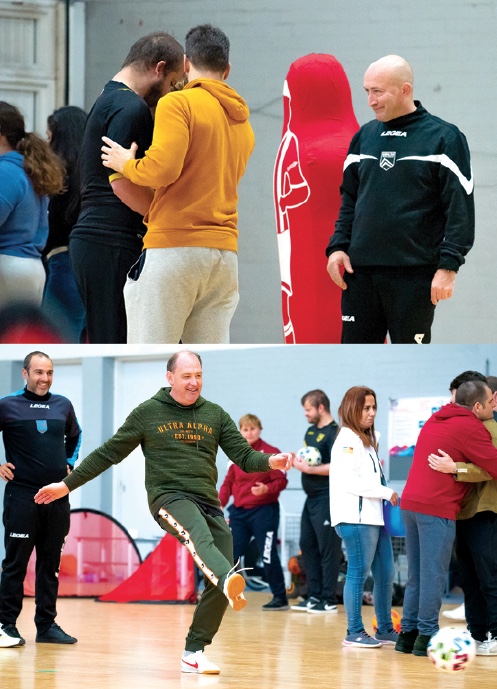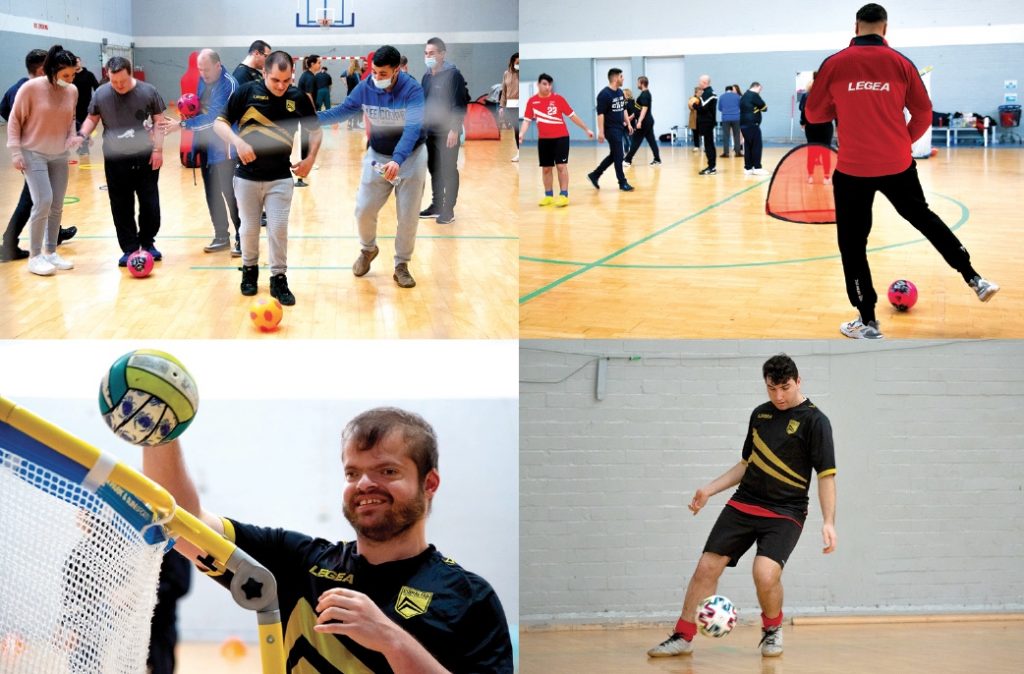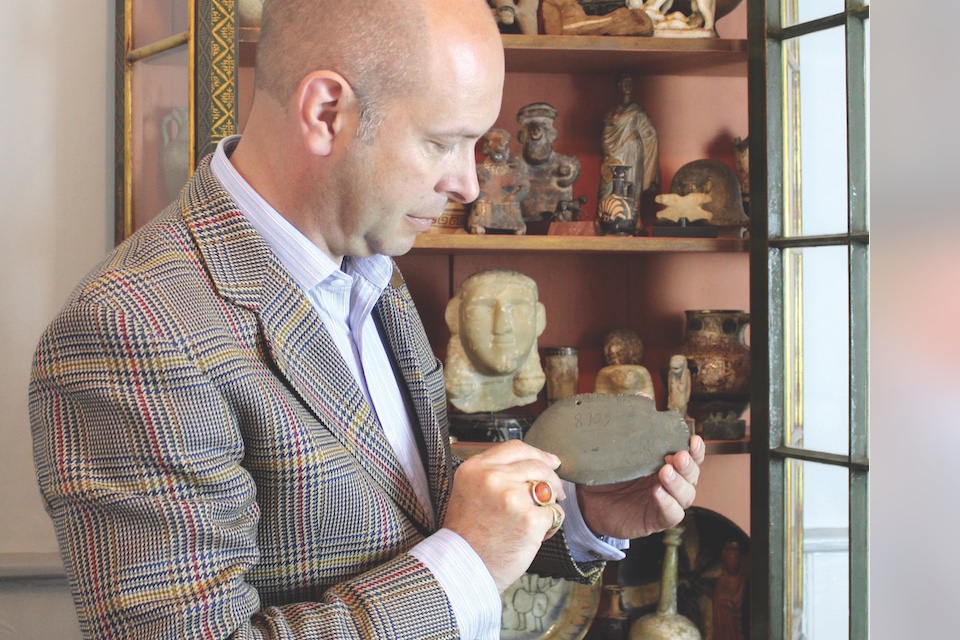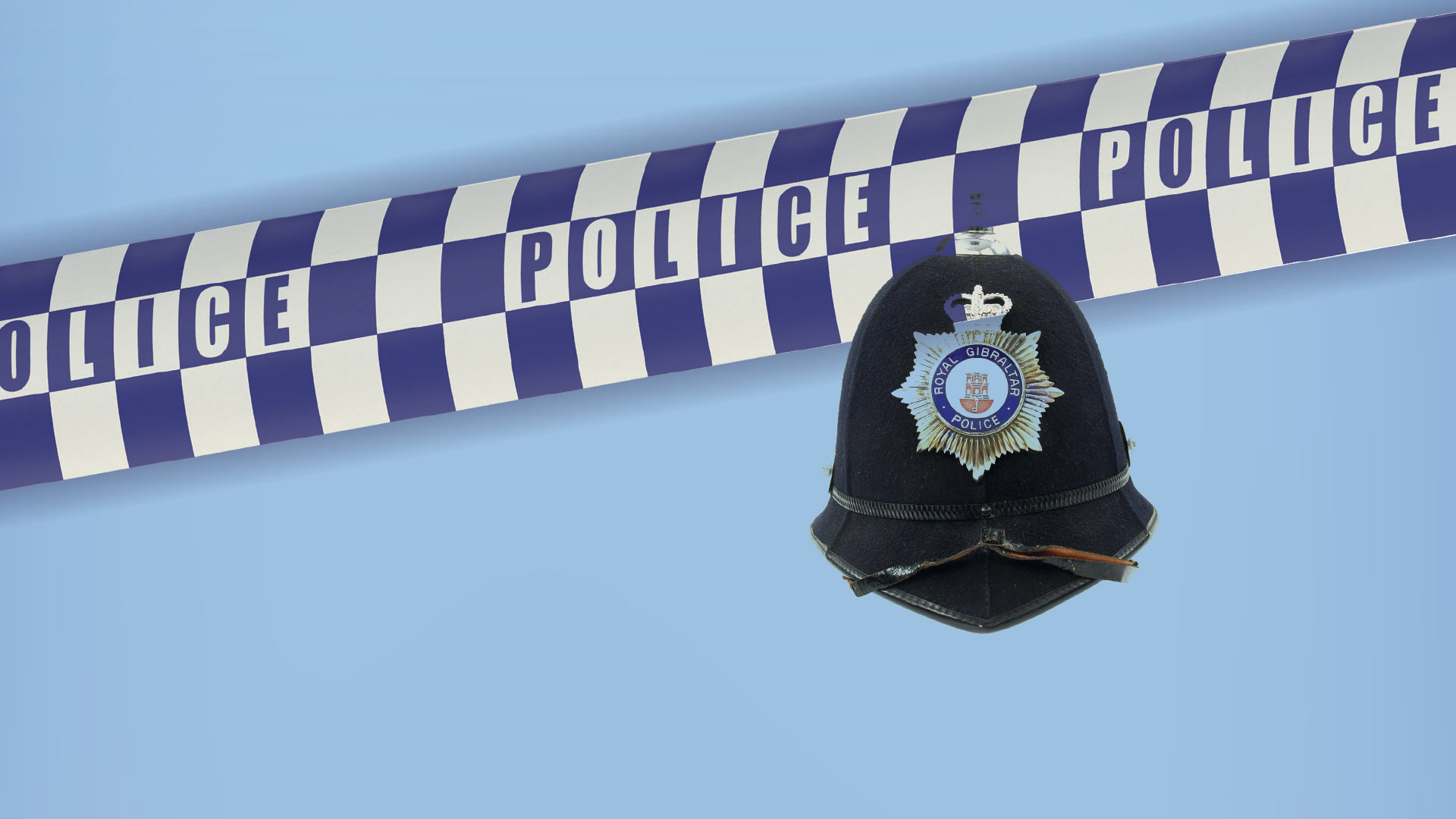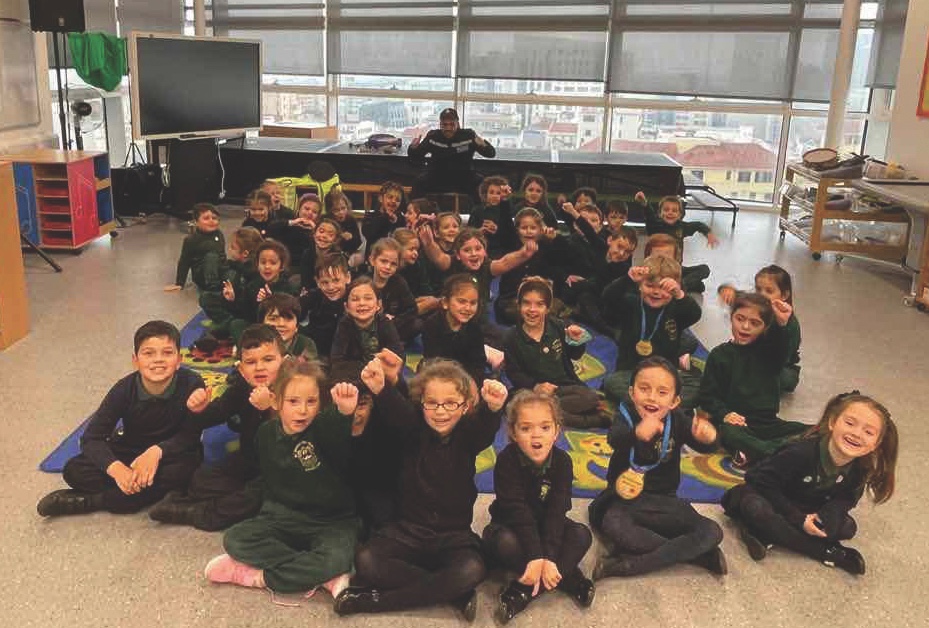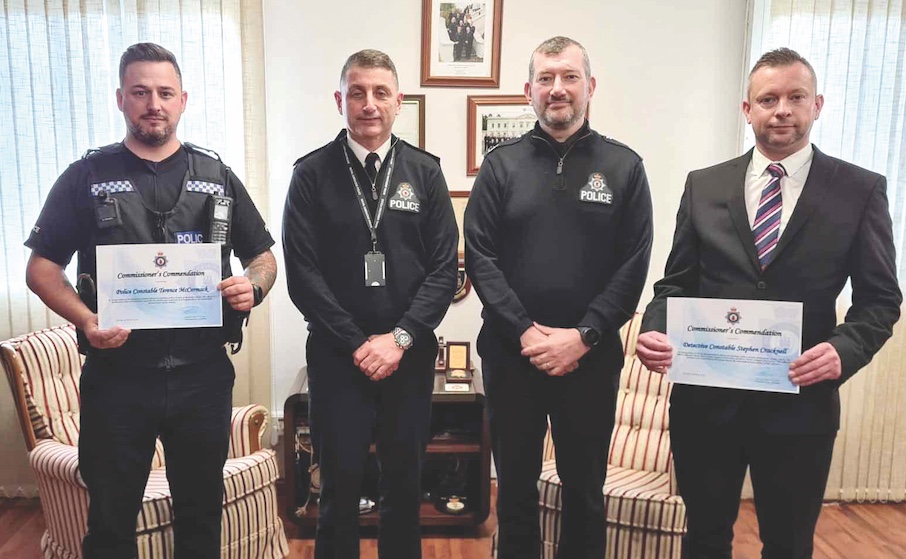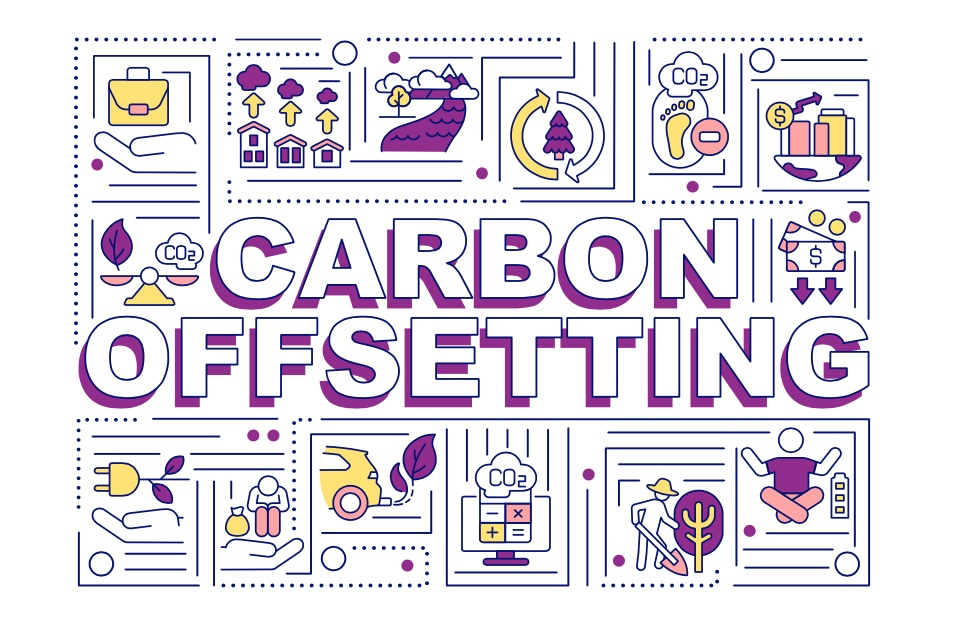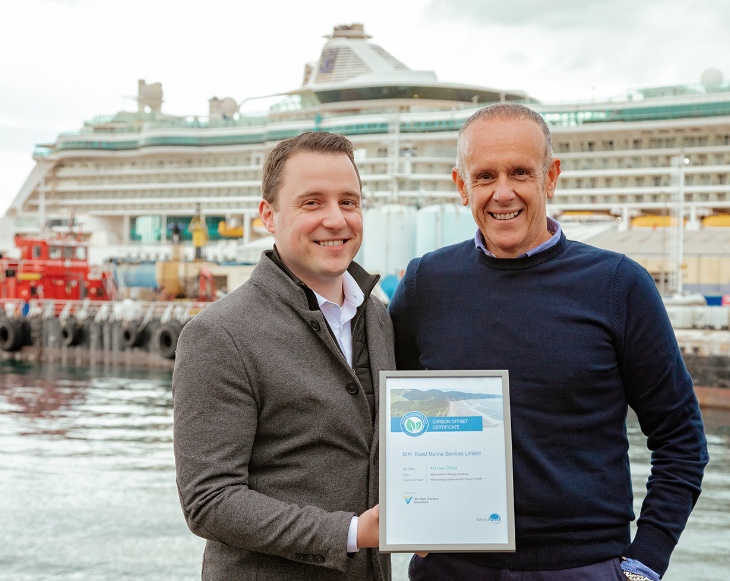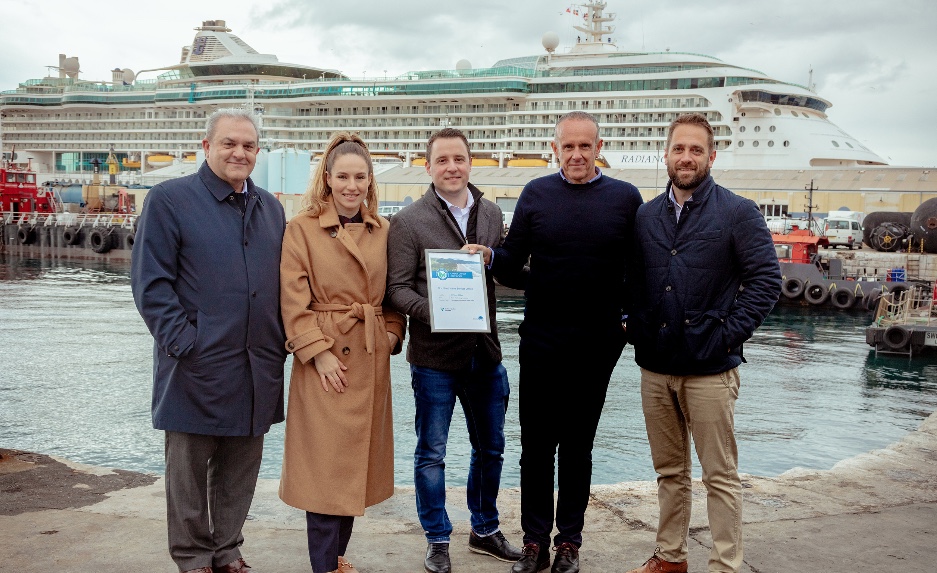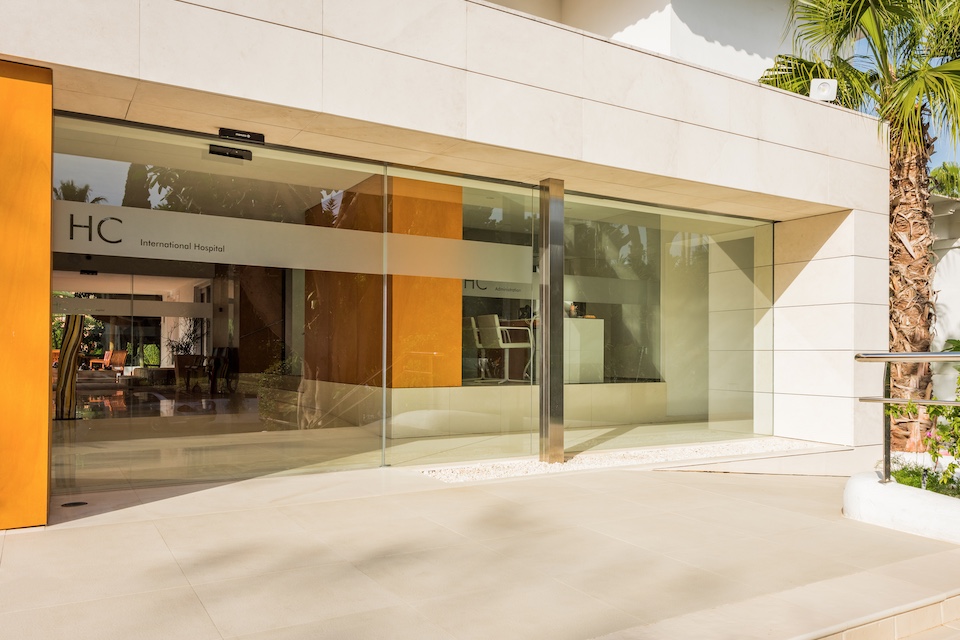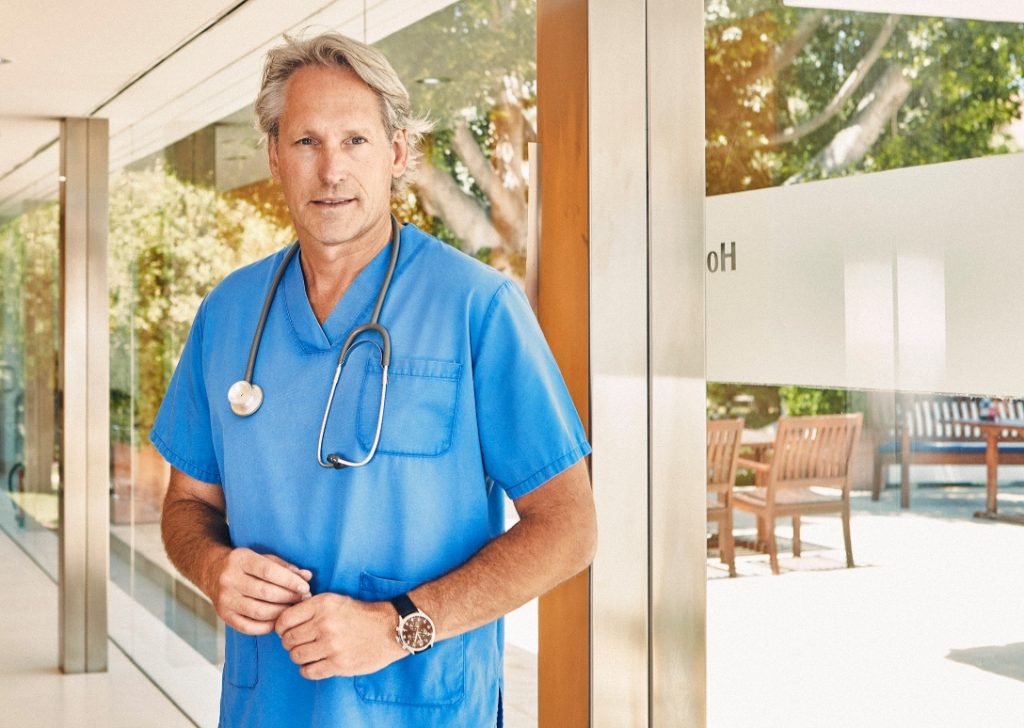Overwhelmed by Social Media
Staying up to date with local and national news is important, especially during such challenging times as dealing with Covid and now, the frightening situation in Ukraine.
However, experts say over-consumption of the news can take a toll on our physical, emotional, and mental health. It is essential we learn how best to navigate the 24 hour news cycle whilst protecting our mental and physical wellbeing.
Our social media absorption begins, all too often, from the moment we wake up, until our head hits the pillow at night. Given the circumstances, however, we’re prepared to let the matter of screen time slide on this occasion. After all, the sheer gravitas of what is unfolding, is within all of our remit to try and understand and get a handle on, as much as is humanly possible.
There is certainly one thing we can do, to help strike a balance between the need for insight and understanding, and self-sabotage by scrolling.
That one positive action we can make, according to experts, is to avoid our phones for the first hour after waking. Even if that is the only step back from social media we take all day. Immersing our just-woken-up brain in the deep end of news, emails and notifications, can have far-reaching implications for our concentration. It can also impact our productivity for the rest of the day.
The reason for this is that when you first wake up, the brain switches from delta waves, to theta, to alpha and then beta waves, but by immediately looking at our phones, the theta and alpha stages are bypassed, and we’re neurologically straight into being wide awake and alert.
Jo Wheatley is a Master Accredited Emotions Coach. Jo states ‘We are not immune to the stresses of others, even if they are geographically a distance away. As human beings we are all connected; in a sense what one feels, we all feel. We empathise with others. If someone in your visual field is anxious and highly expressive — either verbally or non-verbally — there’s a high likelihood you’ll experience those emotions as well, which may negatively impacting you. In such a highly connected world, we need to find ways to regulate our emotions and maintain stability for our emotional wellbeing and ability to function. We are programmed to look for threats in your environment. With over exposure through 24 hour news cycles let’s consider what you can do to help your own wellbeing.
Here are some practical suggestions:
1.
Accept it is happening. Denial takes more energy. Talk to others about your feelings. Find people in your life who you can do this safely with.
2.
Note the positive signs of your feelings. You are compassionate and have values. This is a good thing.
3.
Connect with nature through watching the tide roll in and out as it has for centuries or watching the grass move in the breeze. Take in deep breaths and connect in the here and now moment. Enjoy the grounding effect. Bare feet on grass or sand can be really helpful to help ground you. This sense of the strength of the repetition in nature and what nature has witnessed and endured for years can give reassurance that a healthy equilibrium will once again be found.
4.
Be kind to yourself by recognising the positive impact of even the smallest actions. Know that you are enough. You do not need to be perfect. You are not responsible for what is happening in the world.
5.
Identify an activity that brings you release for the emotional pressure you may feel. This may be a crafting activity that absorbs your attention, reading, gardening. This may be your safe, balancing space.
6.
Be aware of your triggers and limit your exposure to them. For example situations that have a negative impact on you e.g. limit watching the news, take news apps off your phone. Create boundaries so you are not constantly bombarded with negativity.
7.
Focus on the positive effects of stress. Stress can led to you deepening relationships, give you heightened awareness of life, stimulate, new perspectives, a greater appreciation for life or even connect you to a sense of meaning, and clarity on your priorities.
8.
Exercise has many benefits including endorphins. Engage in exercise that you enjoy. This can lift your mood as well as having other health benefits.
9.
Start your day with a gratitude journal. Write three things you are grateful for in the world. Perhaps extend the gratitude to others, for example send an email to someone that you want to recognise.
10.
Create some positive affirmations. Perhaps put them on notes where you’ll see them regularly – screen saver, post it on your mirror. Affirmations could include: I am enough. I am safe. Things will get better. I am ok.
Recognise that compassion fatigue is normal and a valuable reminder to be kind to ourselves so we can top up our own container in order to be able to continue to be able to support others.’
Points to help:
• Trying to strike a balance between being informed by news media and not becoming overwhelmed by it is difficult—especially during a global crisis.
• A constant stream of sensational or “disaster” reporting, whether you are exposed actively or passively, can elevate stress levels and trigger symptoms like anxiety and trouble sleeping.
• Effectively managing your media consumption can help you stay up to date while also reducing your stress.
Jo Wheatley, Master Accredited Emotions Coach www.jowheatley.com and coach trainer www.igcompany.co.uk.





